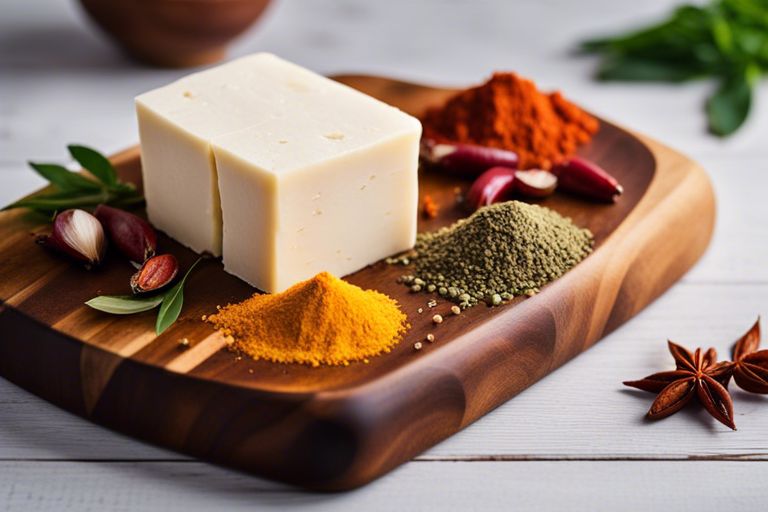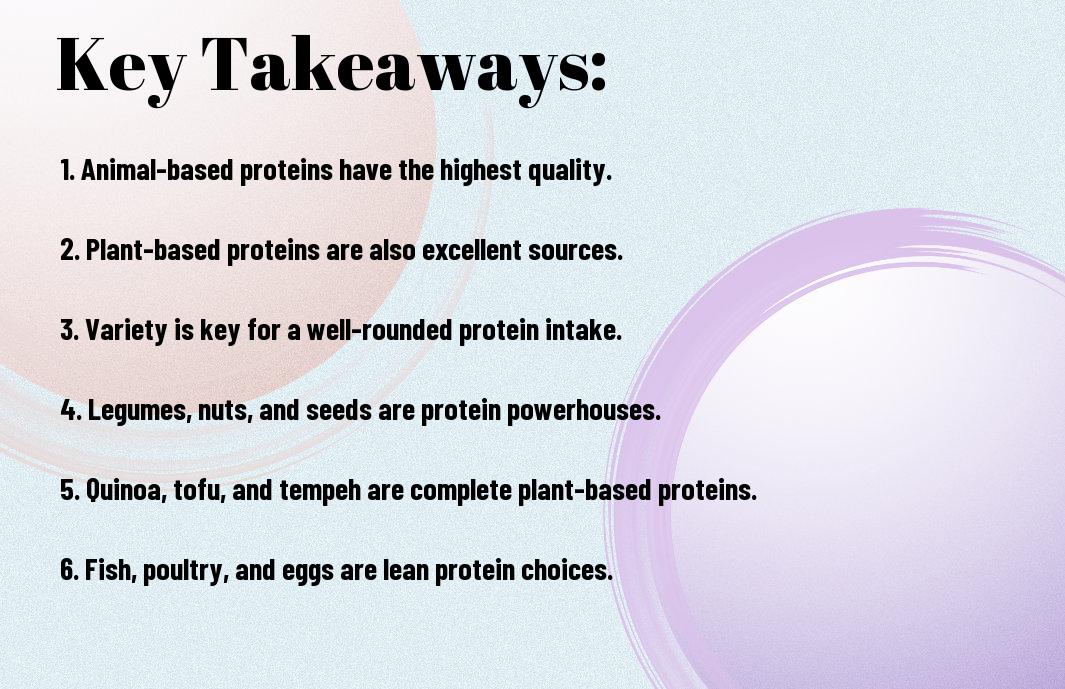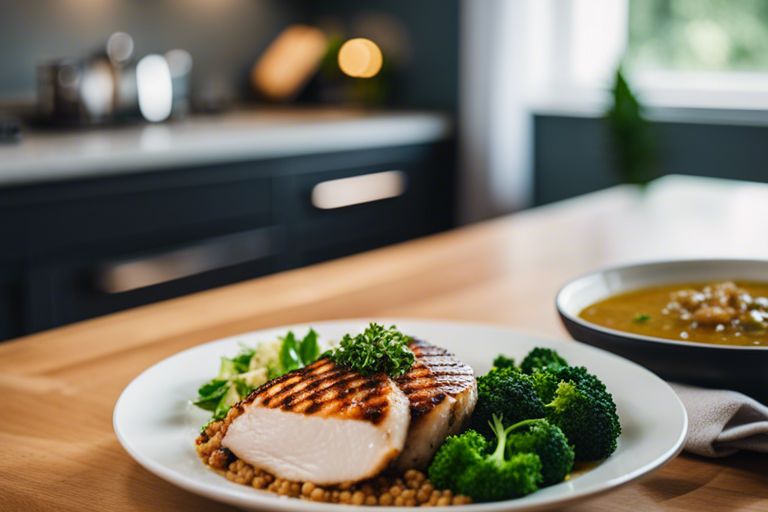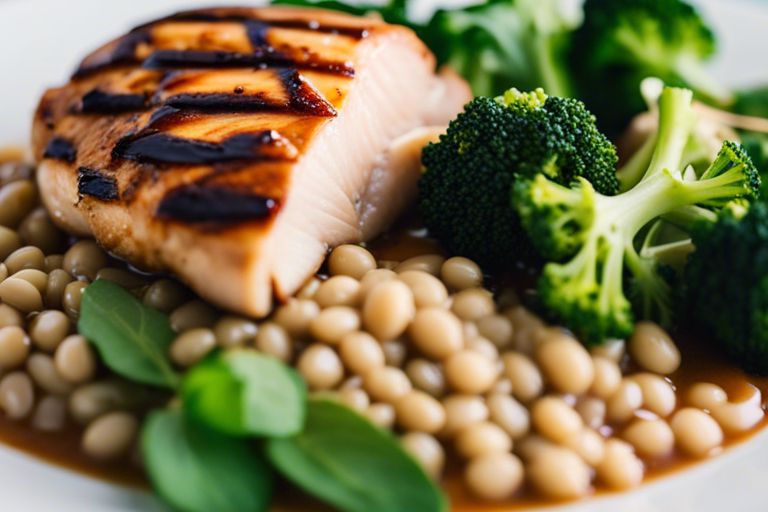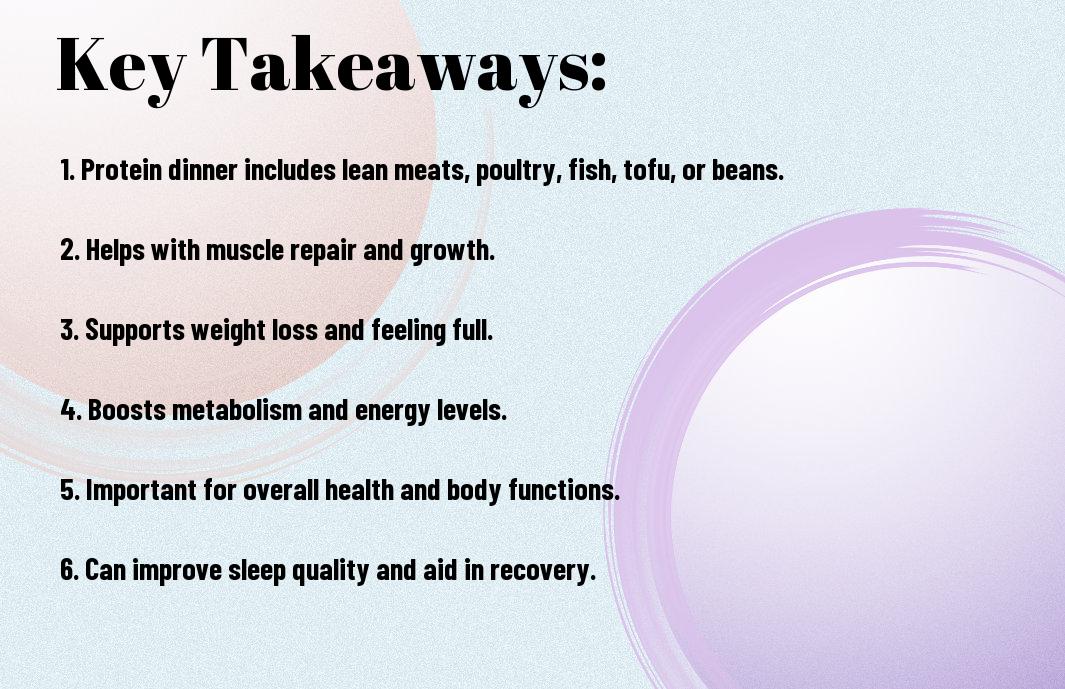Snack time often brings thoughts of creamy peanut butter, but have you ever wondered if it’s considered a whole food? Understanding the classification of peanut butter is crucial for making informed dietary choices. Whole foods refer to those that are minimally processed and retain their natural form, offering maximum nutritional benefits. In this post, we’ll explore whether peanut butter fits into this category and how it can impact your health.
Key Takeaways:
- Whole Food Definition: Whole foods are typically unprocessed or minimally processed foods that retain their natural state.
- Processing Levels: Commercially produced peanut butter often contains additives like sugar and oils, making it less of a whole food compared to natural, unsweetened varieties.
- Natural Alternatives: Choosing natural peanut butter made from just peanuts (and possibly salt) is a better option for those seeking whole food alternatives.
Understanding Whole Foods
To make informed dietary choices, you must first grasp what whole foods encompass. Whole foods are those that are minimally processed and free from artificial additives, preservatives, or enhancements. They include fruits, vegetables, nuts, seeds, whole grains, and legumes, providing you with vital nutrients in their most natural forms.
Definition of Whole Foods
One of the defining characteristics of whole foods is their integrity; they retain their natural structure and composition, making them more beneficial for your health. Unlike processed foods, which often have numerous components added or removed, whole foods offer nutrients as nature intended, ensuring you receive the maximum health benefits.
Nutritional Benefits of Whole Foods
Foods that fall under the category of whole foods are packed with vital nutrients, including vitamins, minerals, antioxidants, and fiber. These components not only support your overall health but also aid in preventing chronic diseases, maintaining a healthy weight, and enhancing digestive health.
A primary advantage of consuming whole foods is their high nutrient density, meaning you receive a vast array of nutrients with fewer calories. This can support your energy levels and overall wellness without unnecessary additives or empty calories. Incorporating whole foods into your diet also helps you feel fuller longer, making it easier to manage your weight while providing the nourishment your body craves.
The Composition of Peanut Butter
While peanut butter may seem straightforward, its composition varies significantly based on how it is processed and what ingredients are used. Understanding these differences is key to determining whether it qualifies as a whole food.
Ingredients in Commercial Peanut Butter
Any commercial peanut butter you come across often contains additives such as sugar, hydrogenated oils, and salt. These ingredients are added not only to enhance flavor but also to improve shelf life and texture. Consequently, these added ingredients can detract from the health benefits you expect from peanut butter and may even lead to undesired health effects if consumed in excess.
Natural vs. Processed Peanut Butter
Peanut butter can generally be classified into two categories: natural and processed. Natural peanut butter usually contains just ground peanuts and possibly a pinch of salt, while processed varieties often include various additives and stabilizers.
Another factor to consider is that natural peanut butter retains more of the nutritional value of peanuts, as it is minimally processed. This means you’ll benefit from higher levels of protein, healthy fats, and important vitamins and minerals found in whole peanuts. In contrast, the added sugars and oils in processed peanut butter can undermine its potential health benefits. Therefore, choosing natural peanut butter is a more wholesome option if you aim for a nutritious diet.
Peanut Butter and Whole Food Criteria
Many people ponder whether peanut butter fits the definition of a whole food. This discussion often revolves around the nutritional aspects of peanut butter and its processing methods. For a deeper exploration into this topic, you can check out the conversation about Is peanut butter WFPB? : r/PlantBasedDiet, where individuals share their insights and opinions.
Nutrient Density
Nutrient density is a crucial aspect when considering whether peanut butter qualifies as a whole food. You’ll find that peanut butter is packed with important nutrients, including healthy fats, protein, fiber, vitamins, and minerals, making it a beneficial addition to your diet in moderation.
Presence of Additives
The presence of additives significantly influences your evaluation of peanut butter as a whole food. Many commercial brands include sugar, oils, and preservatives, which detracts from its purity. Therefore, it’s important to scrutinize ingredient lists when selecting peanut butter.
To ensure you’re choosing a more whole-food-oriented option, look for natural or organic peanut butter made with minimal ingredients, ideally just peanuts and possibly a pinch of salt. By doing so, you maintain the integrity of the nutrients while avoiding unnecessary additives that can compromise the health benefits associated with peanut butter.

Health Implications of Peanut Butter Consumption
Notably, peanut butter offers several health implications worth considering. It can be a delicious and nutritious addition to your diet when consumed in moderation.
Potential Benefits
Health benefits of peanut butter include its rich supply of protein, healthy fats, and vital vitamins and minerals. These nutrients can contribute to heart health, weight management, and improved satiety, helping you feel fuller for longer.
Potential Drawbacks
Benefits of peanut butter consumption may be outweighed by potential drawbacks, especially if you are not careful about serving sizes or ingredient choices. Excessive consumption can lead to unwanted weight gain, increased sodium intake, or allergic reactions if you have a peanut allergy.
For instance, many commercial peanut butter products contain added sugars, oils, and preservatives that can diminish their health benefits. If you’re mindful of your health, choosing natural peanut butter with minimal ingredients is crucial. Additionally, a caloric density means that overindulgence can quickly lead to an excess of calories in your diet, which might undermine your health goals.
Final Words
Taking this into account, while peanut butter is made from whole peanuts, its classification as a whole food can vary based on its ingredients and processing. If you choose natural options with minimal additives, such as salt or oil, you can enjoy the nutritious benefits of a whole food. However, be mindful of processed varieties that may contain added sugars and preservatives, which detract from their healthfulness. Ultimately, your choice of peanut butter can align with your dietary goals by prioritizing unprocessed, minimal-ingredient products.
FAQ
Q: Is peanut butter considered a whole food?
A: Peanut butter can be considered a whole food if it is made from just peanuts and possibly a small amount of salt. Whole foods are minimally processed and retain most of their natural nutrients. However, many commercial peanut butter products include added sugars, oils, and preservatives, making them less of a whole food. To categorize peanut butter as a whole food, it’s best to look for varieties labeled “natural” or “100% peanuts.”
Q: What are the health benefits of whole-food peanut butter?
A: Whole-food peanut butter, made from only ground peanuts, offers several health benefits. It is a rich source of protein, healthy fats, vitamins (like E and B vitamins), minerals (such as magnesium, phosphorus, and potassium), and antioxidants. Consuming whole-food peanut butter can also support heart health, maintain weight, and provide a feeling of satiety, which can help with weight management.
Q: How can I identify if my peanut butter is a whole food?
A: To determine if peanut butter is a whole food, check the ingredient list on the label. True whole-food peanut butter should have only one or two ingredients: peanuts and optionally salt. Be cautious of products that list additional ingredients like sugar, hydrogenated oils, or other preservatives, as these signify a more processed product.
Q: Can I make my own whole-food peanut butter at home?
A: Yes, making your own whole-food peanut butter at home is quite simple! All you need are dry roasted peanuts and a food processor. Just blend the peanuts until they reach your desired consistency—smooth or chunky. If you prefer a little salt for flavor, you can add it during the blending process. Homemade peanut butter will have no additives and is a great way to enjoy a whole food option.
Q: Are there any alternatives to peanut butter that are also whole foods?
A: Yes, there are several alternatives to peanut butter that can also be considered whole foods. Nut butters made from almonds, cashews, or hazelnuts can offer similar nutritional benefits when made from just the respective nuts and salt. Additionally, seed butters like sunflower seed butter and pumpkin seed butter can serve as excellent whole-food alternatives for those with nut allergies, preserving the nutrition found in whole foods.


